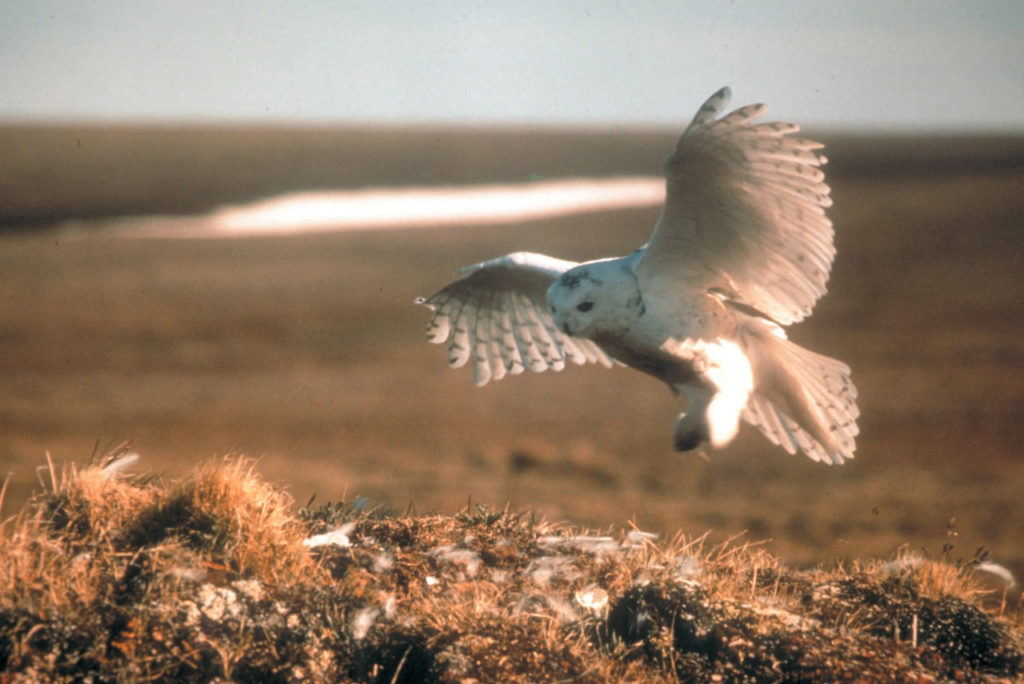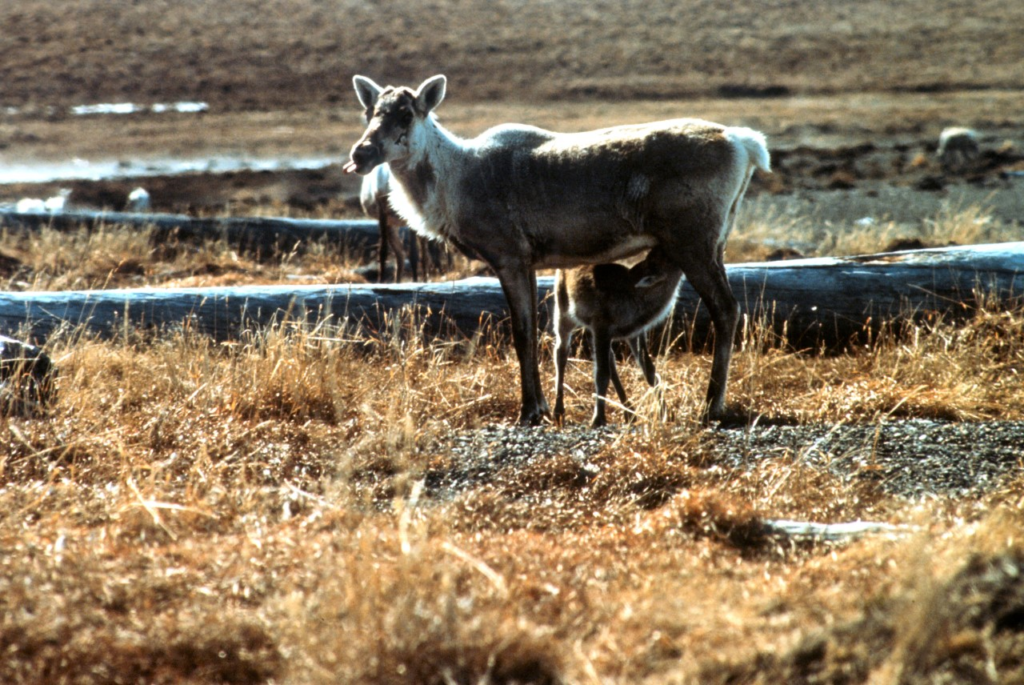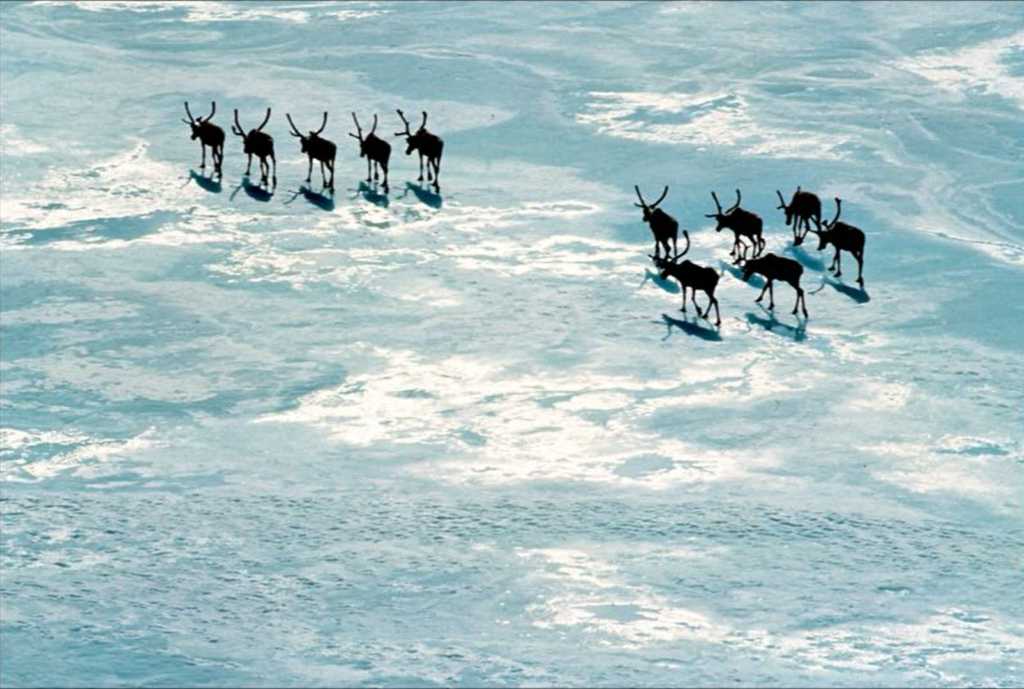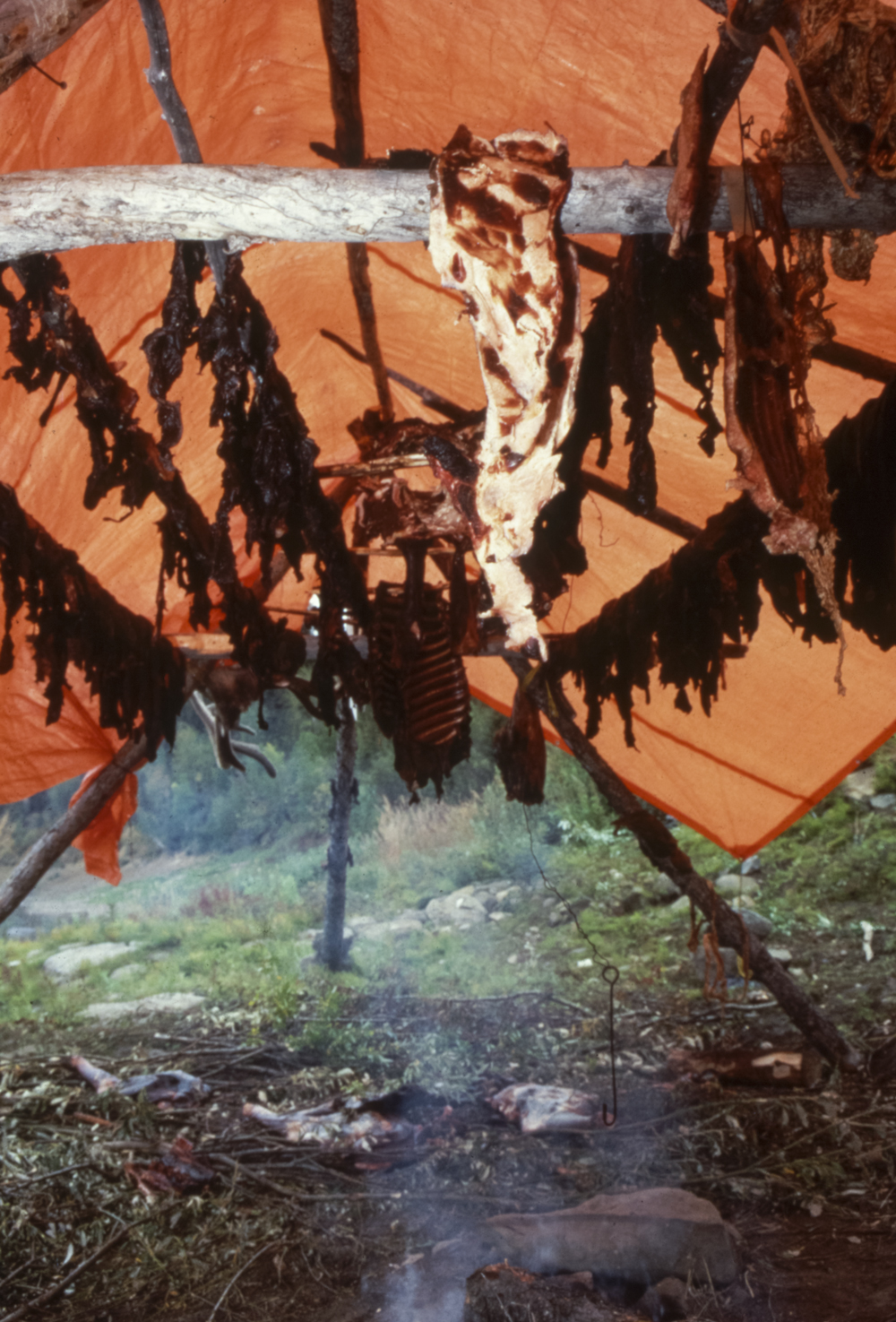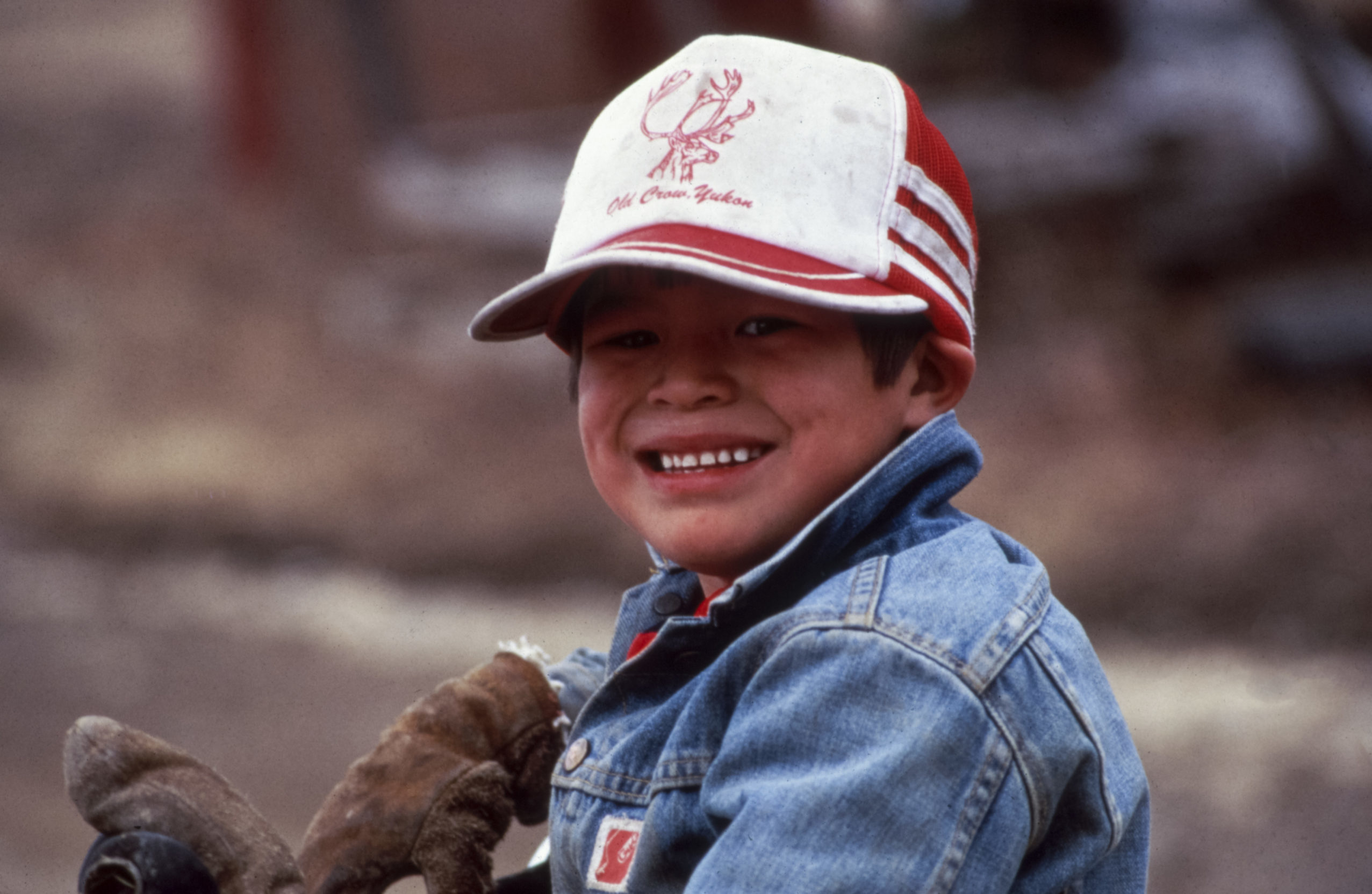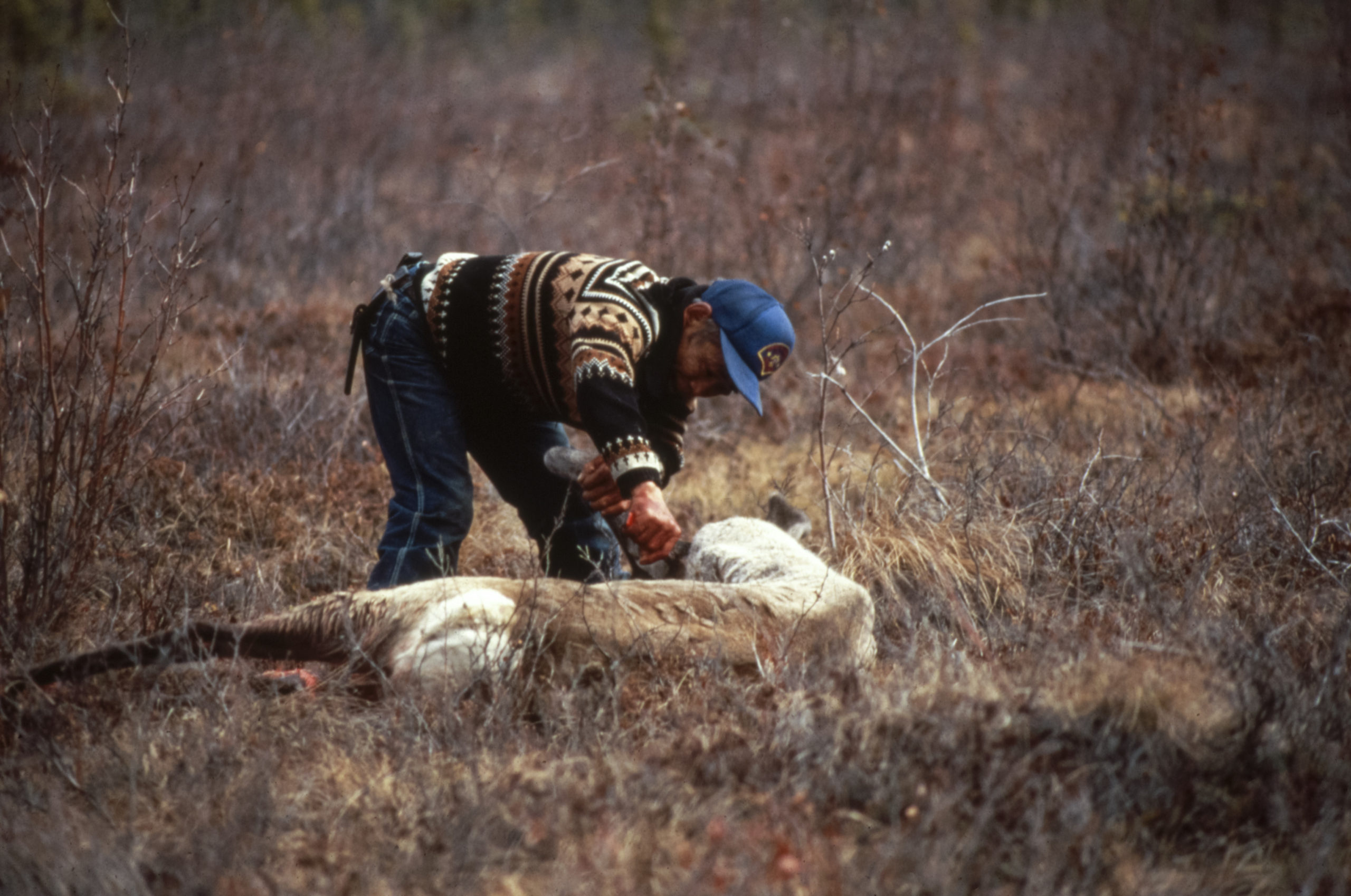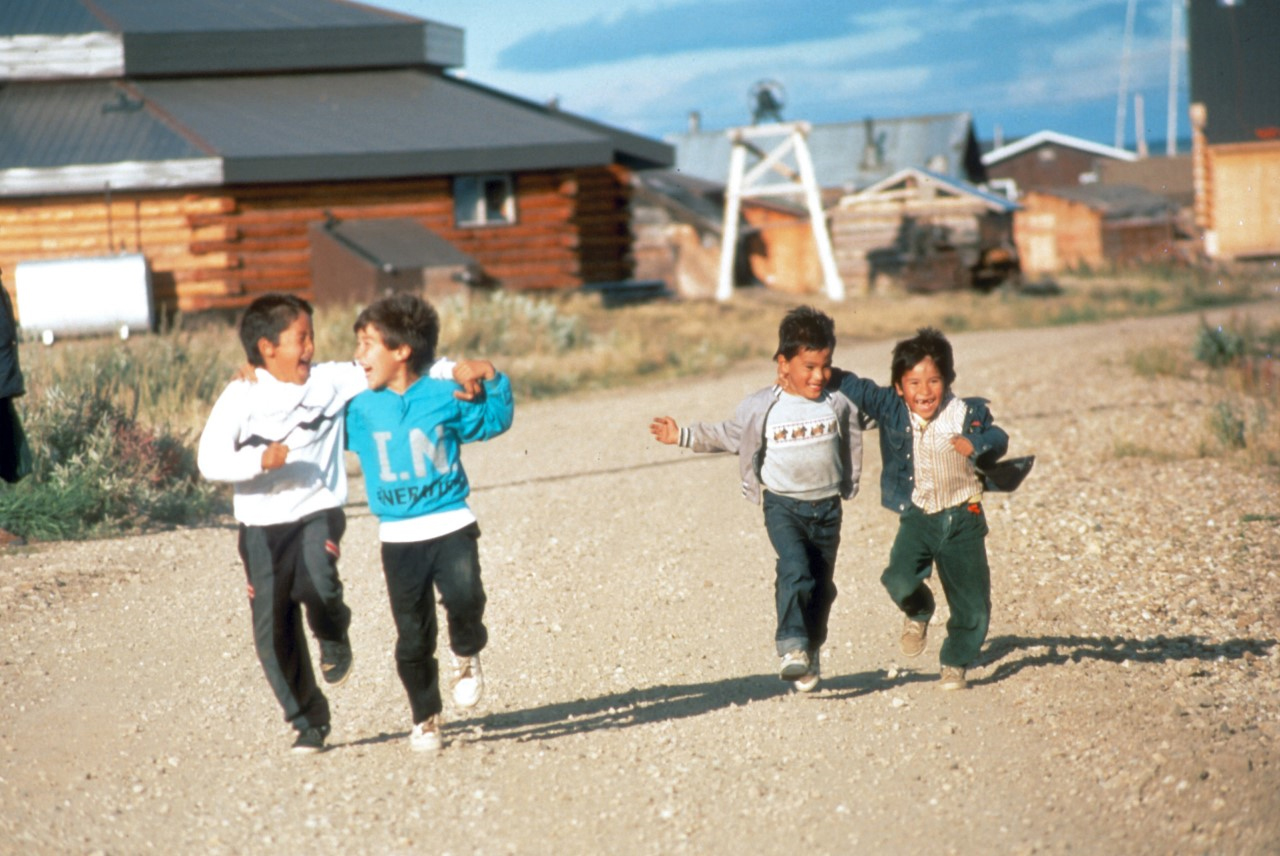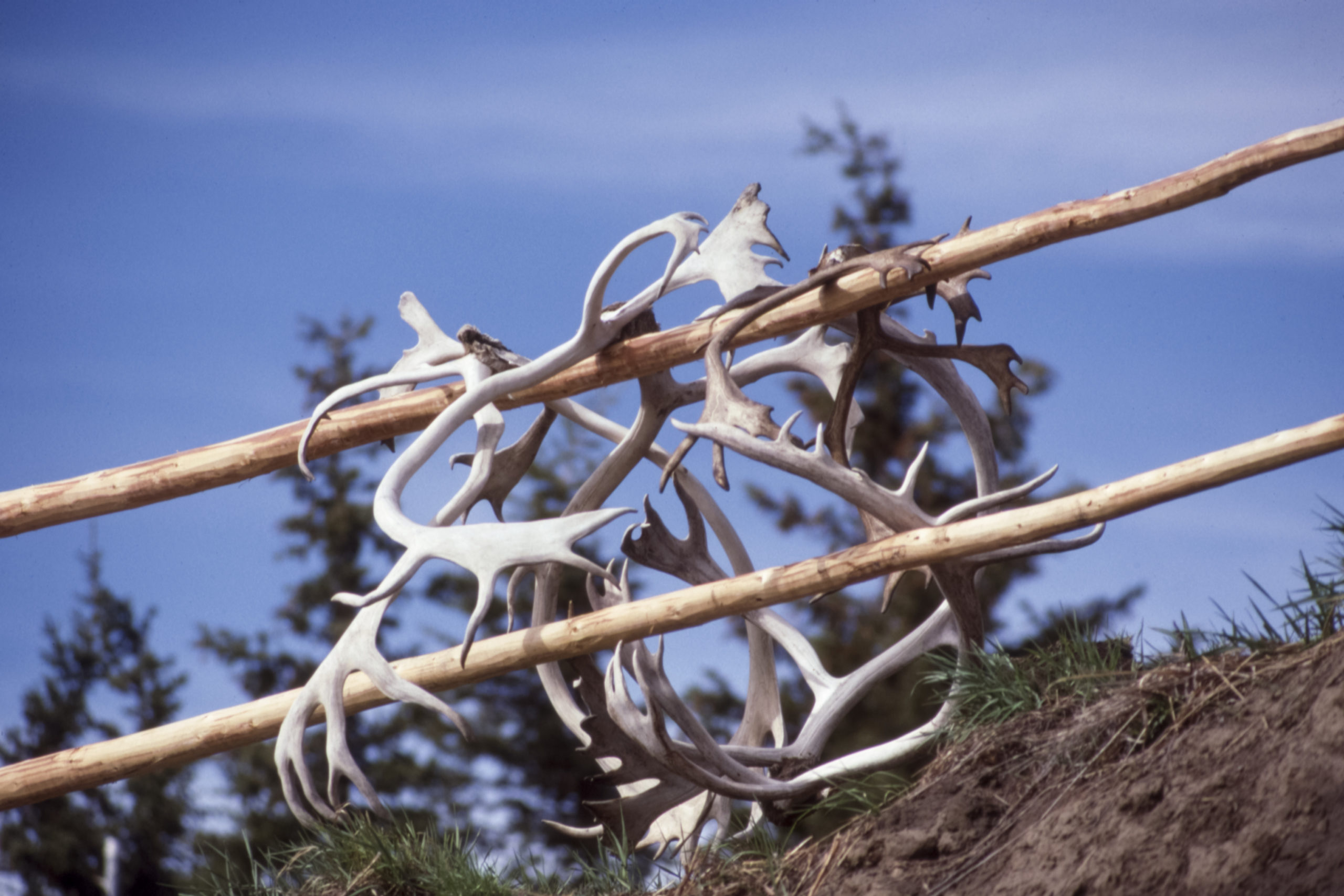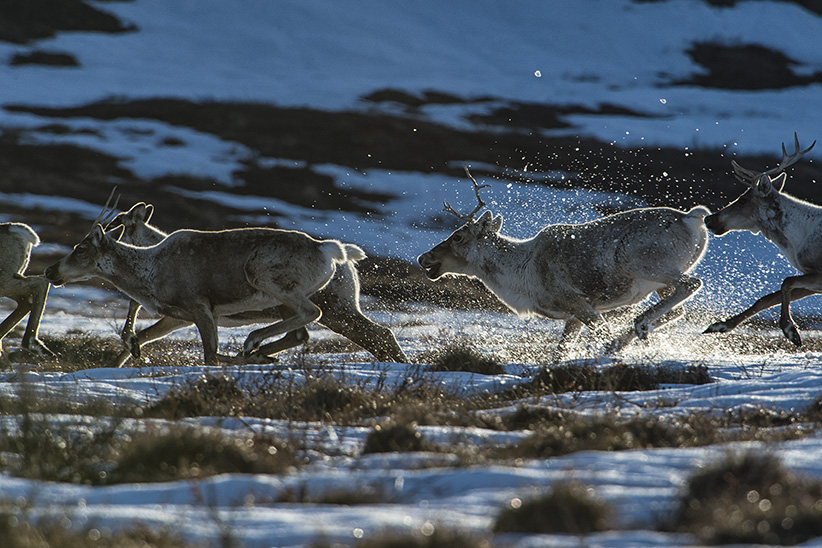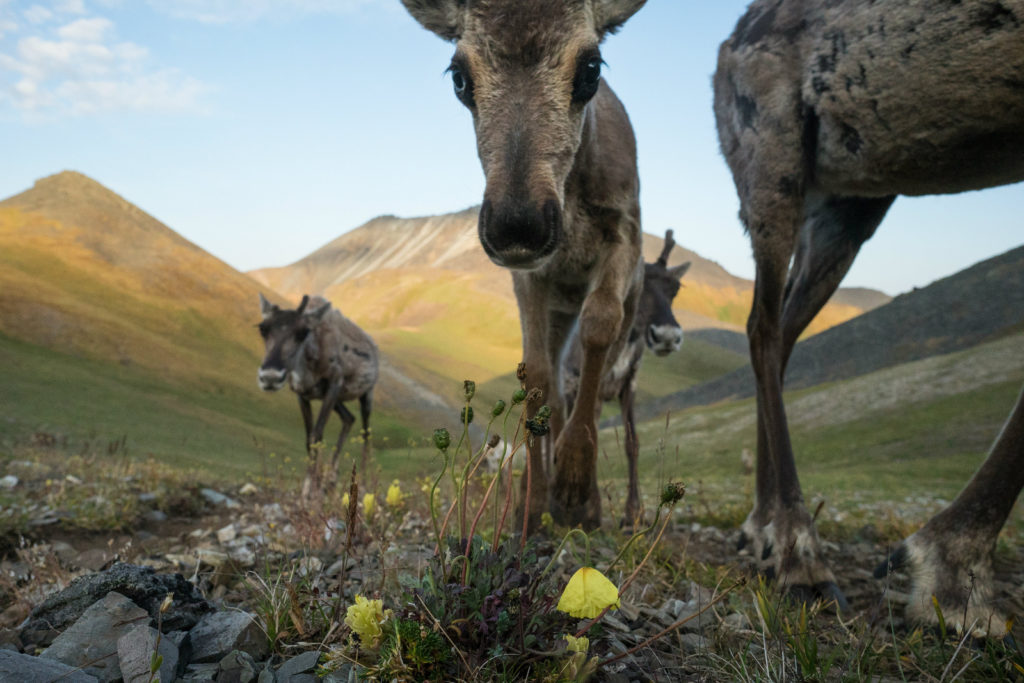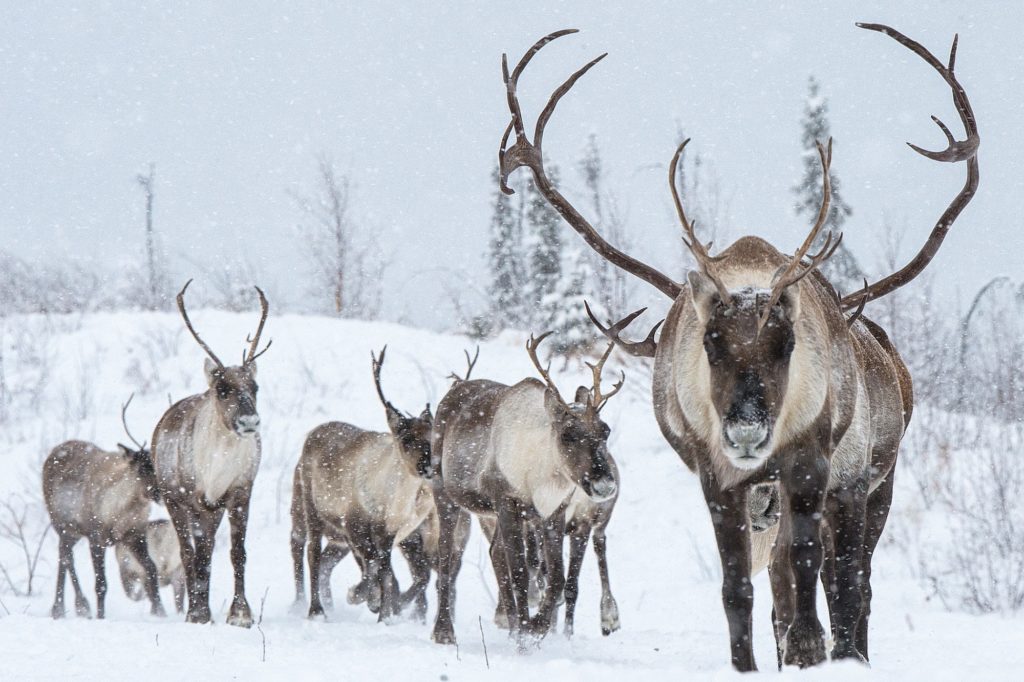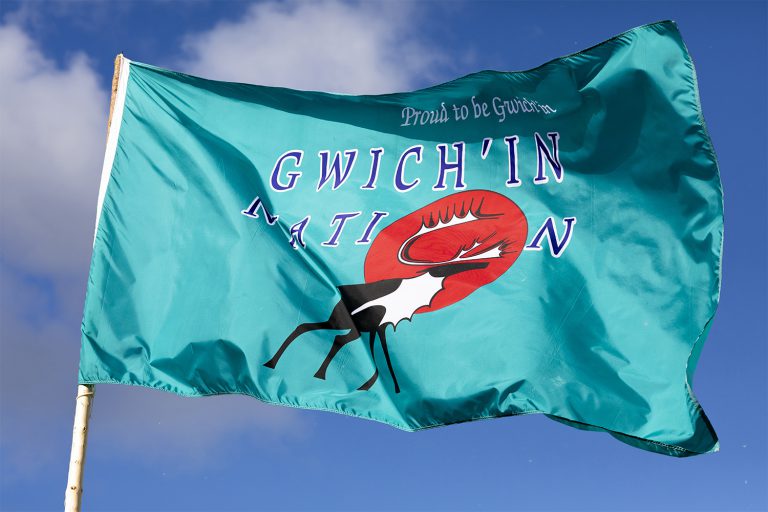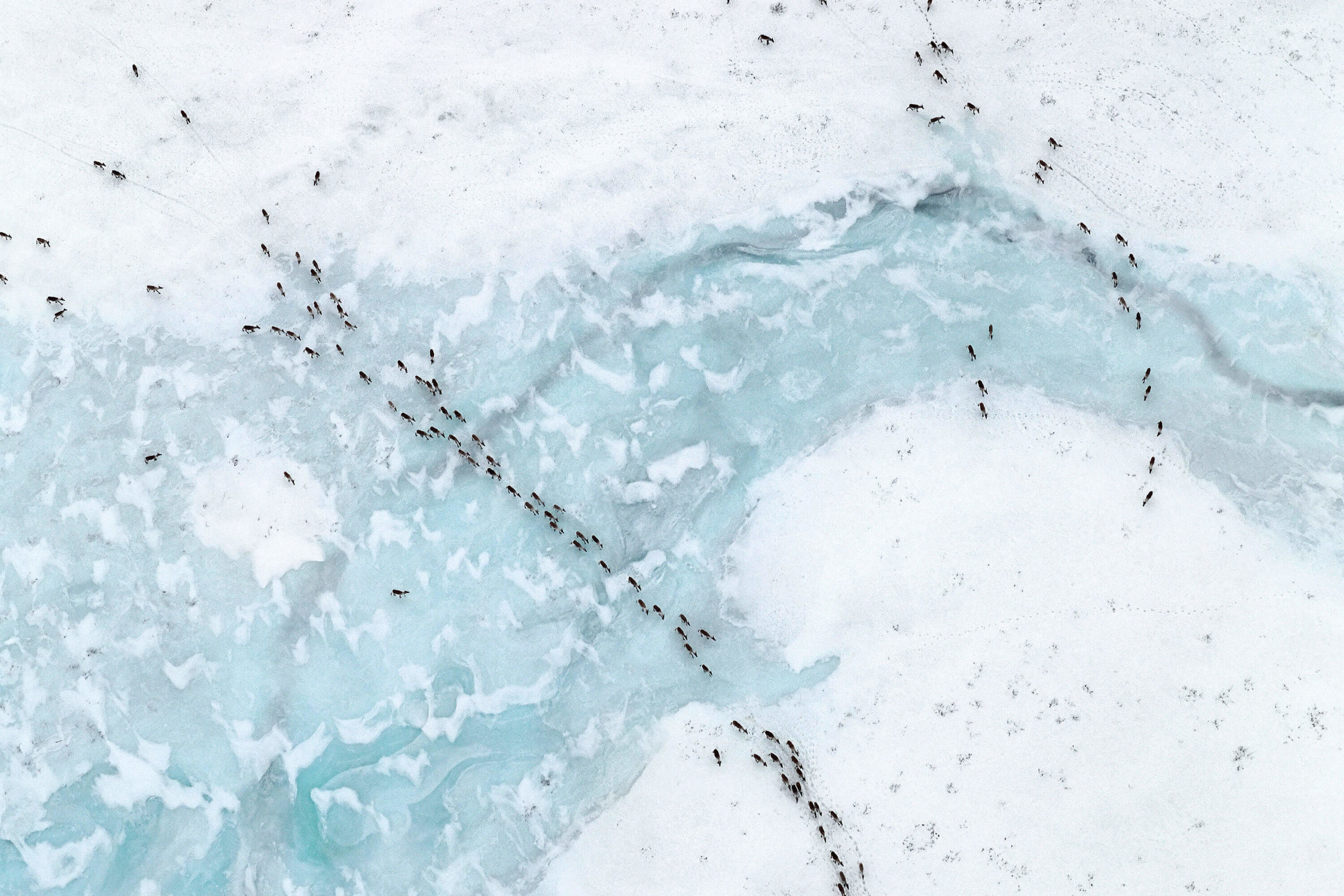
Since the earliest efforts to protect Arctic Alaska, photographers and filmmakers have played a central role in the cause. During the 1950s, Olaus Murie and other wilderness advocates toured with films and slide shows to build grassroots support. These images challenged the notion that the Arctic is barren and desolate, instead depicting the region’s vibrant wildlife and diverse environments.
In the late 1960s, Seattle-based photographer Wilbur Mills was invited by Averill Thayer, the first manager of the Arctic National Wildlife Range, to document the area’s scenery and wildlife. Many of the photos were carefully planned to capture Arctic wildlife at its most dramatic and vivid. Mills's photos circulated in conservation magazines throughout the 1970s and 1980s and contributed compelling visuals to the Alaska Coalition campaign. Mills himself would become directly involved in this cause with a series of essays that argued for protecting Arctic Alaska.
Wilbur Mills
In the late 1980s, Lenny Kohm found his way to Refuge advocacy through his work as a photographer. While taking photos for Audubon magazine, he learned from Gwich'in communities that the Arctic Refuge debate was more than a question of wilderness versus oil: it was also about their food security and cultural survival. Kohm began to build relationships and trust with Gwich'in and to learn about their way of life. As a result, Kohm’s images differed from the work of previous photographers in that they depict the Arctic Refuge as inextricably tied to Gwich’in culture. His images would be central to the Last Great Wilderness (LGW) slide show. Synchronizing photography, original music, and narration, the LGW show would exert an enormous influence on Arctic Refuge advocacy.
Lenny Kohm
Indian-born photographer Subhankar Banerjee first visited the Arctic in 2001, taking photographs for a project meant to emphasize the stunning ecological diversity of the Refuge during all four seasons. But with Iñupiat Robert Thompson as his guide, he began to understand the Refuge as a vital part of the ecological homeland of Iñupiat and Gwich’in communities. The result was 2003’s Seasons of Life and Land, which was also to be exhibited at the Smithsonian’s National Museum of Natural History. But when Senator Barbara Boxer showed one of Banerjee’s photos before a vote that killed an Arctic drilling provision, the Smithsonian was pressured to censor his exhibit. The New York Times, the Seattle Times, the Washington Post, and the Progressive all picked up the story, echoing widespread criticism of the Smithsonian for caving to political pressure. Banerjee would go on to become a vocal advocate for the Refuge and a staunch opponent of other Arctic drilling projects.
Subhankar Banerjee
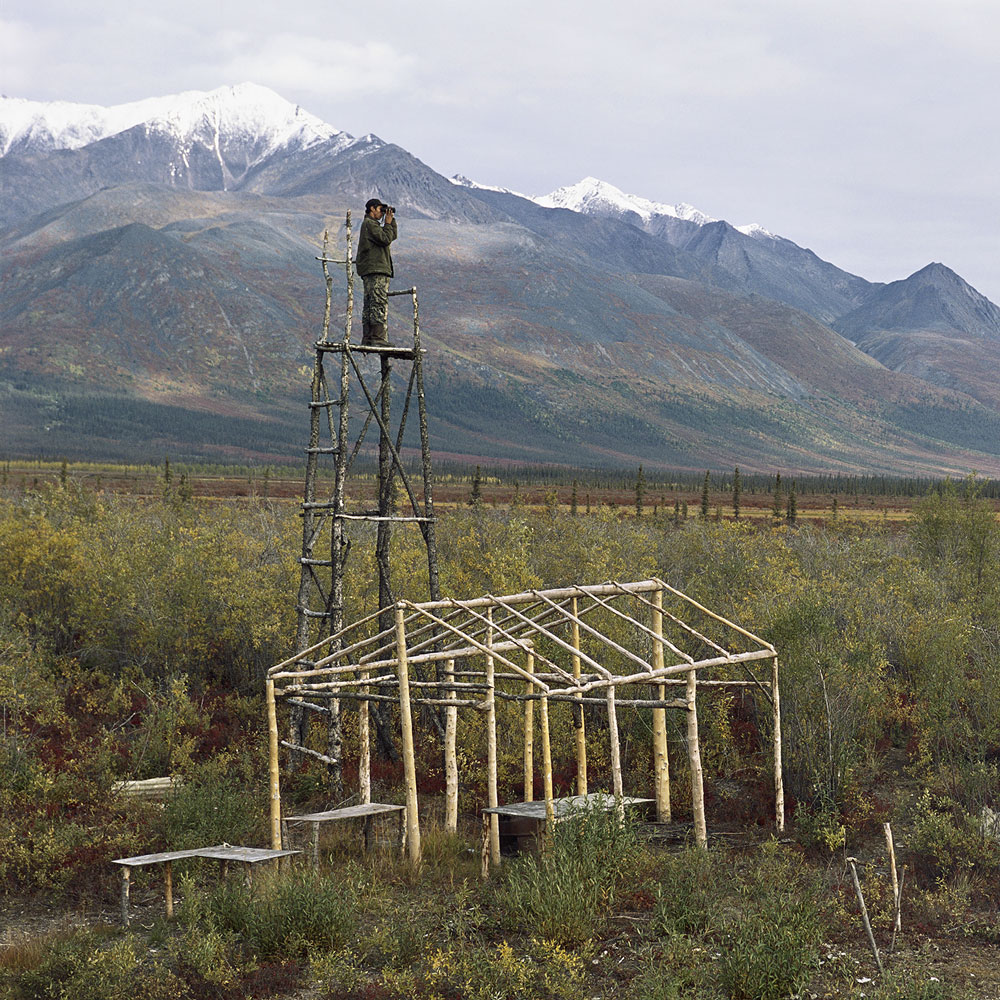

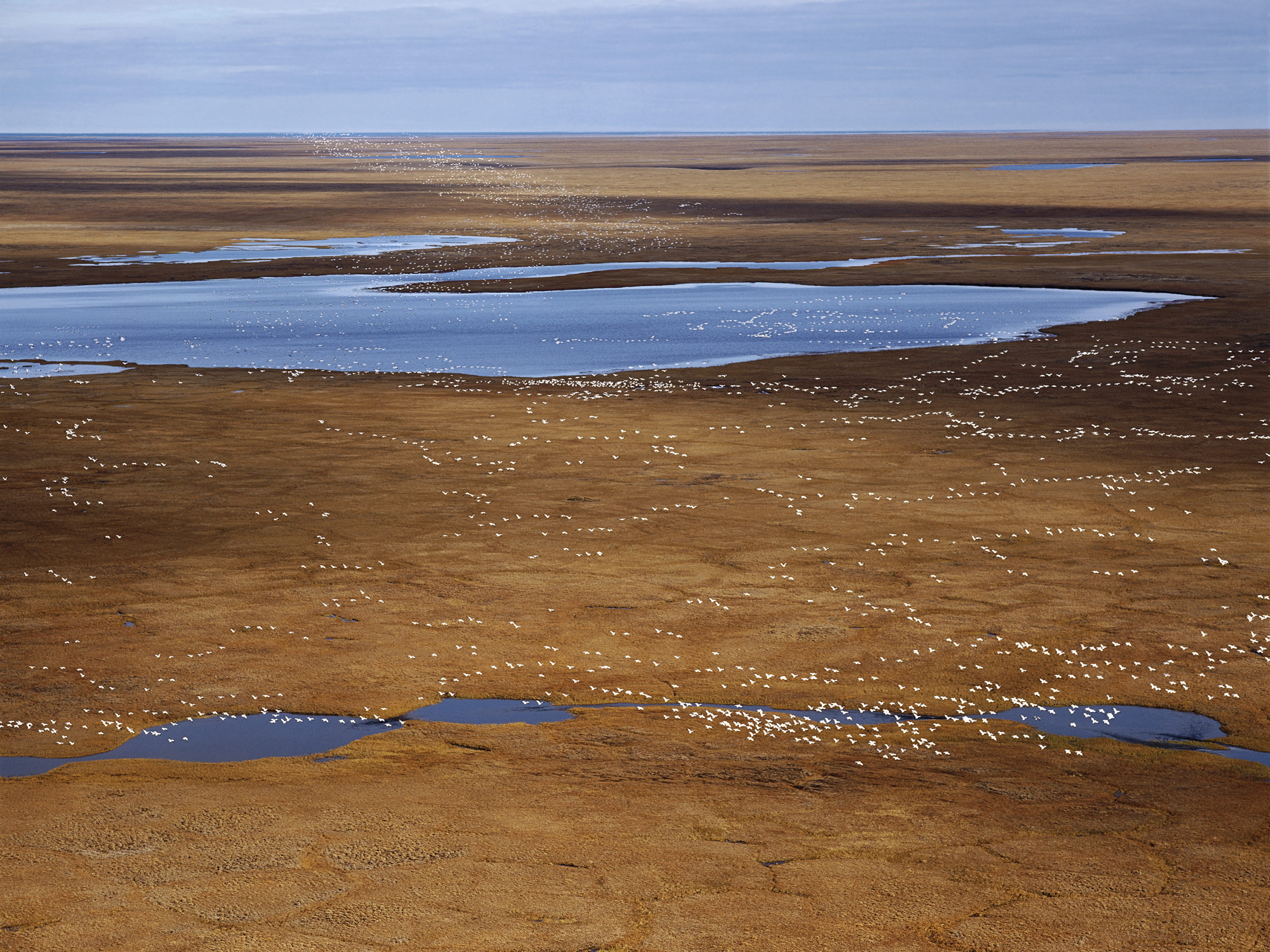
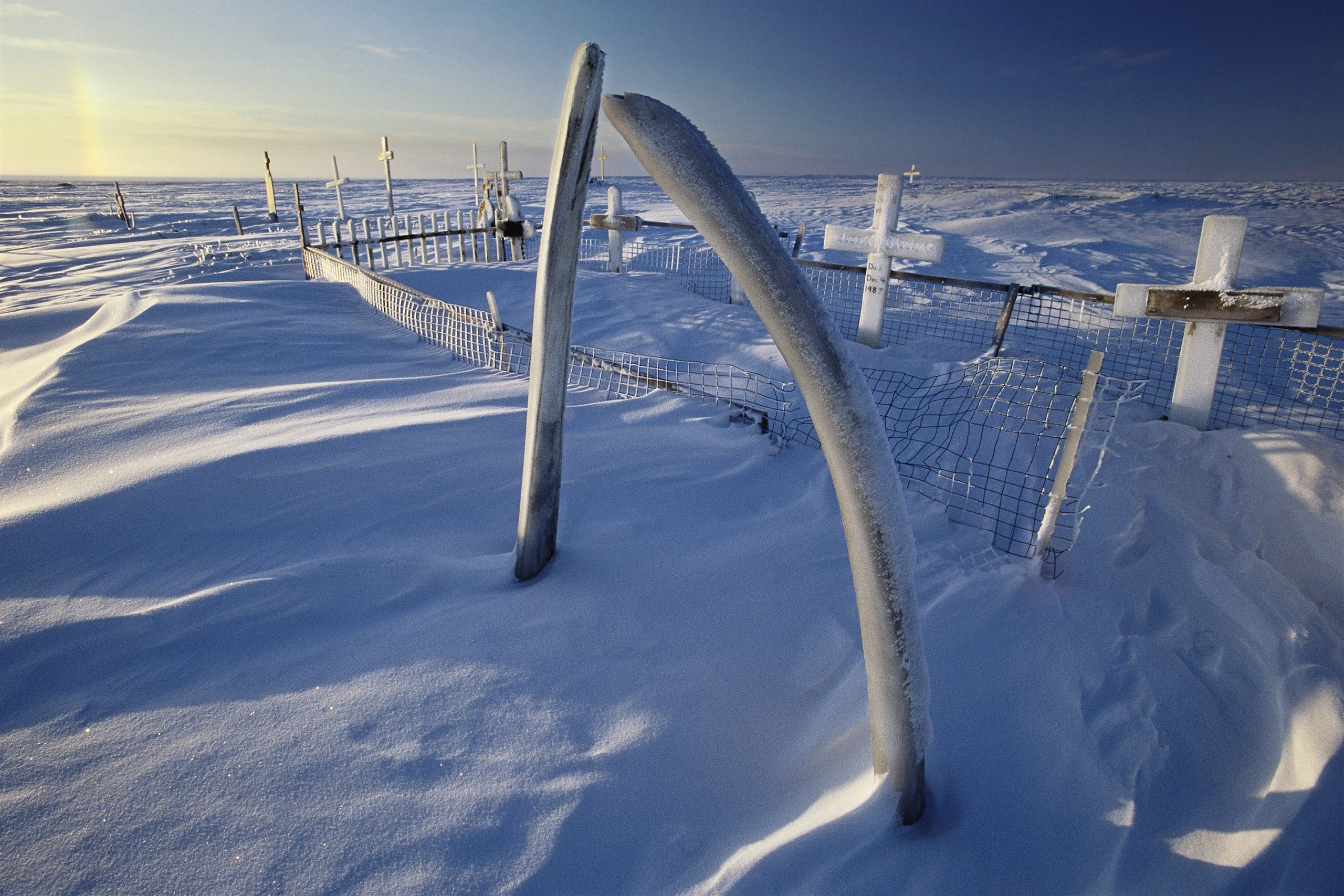
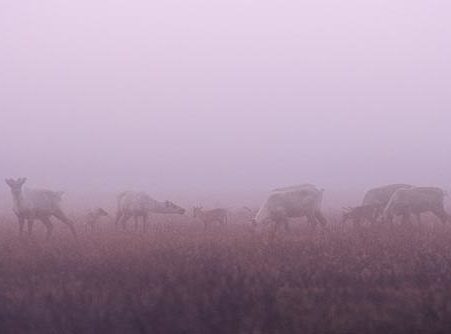
In the past decade, photographers like Peter Mather and Keri Oberly have continued to use Arctic photos as an innovative form of advocacy. Photo-essays that feature Mather’s images add important narrative and framing text, including those published in Maclean's and the Yukon News. Oberly’s photos of Gwich’in communities on both sides of the US-Canada border depict multiple aspects of the deep relationship between the Gwich’in and caribou.
Peter Mather
Keri Oberly
As the threat of Arctic drilling has intensified, several Refuge defenders turned to film as a tool to educate and organize. Jeffrey Barrie's Arctic Quest: Our Search for Truth (1999) featured attendees of the 1995 Youth Environmental Summit (where Kohm and Norma Kassi had spoken) on a journey to the Arctic to learn more about the drilling debate, wildlife habitats, and Gwich'in culture. Leanne Allison and Diana Wilson’s Being Caribou (2004) follows Allison and her husband, wildlife biologist Karsten Heuer, on a trek from Old Crow, Yukon, to follow the Porcupine caribou herd on their migration to the Arctic coastal plain and back. Miho Aida’s The Sacred Place Where Life Begins: Gwich’in Women Speak (2013) centers the voices of Gwich’in women as they discuss their ties to Gwich’in culture and the Arctic Refuge. Likewise, Kahlil Hudson and Alex Jablonski's The Refuge (2016) features interviews with Gwich'in leaders Bernadette Demientieff and Princess Daazhraii Johnson as they prepare to attend the 2016 Gwich'in Gathering in Arctic Village, Alaska. Recently, filmmakers Kristin Gates and Jeremy Là Zelle have produced two films related to the Refuge struggle: “The Sacred Place Where Life Begins” (2019) and Love is the Way (2021). And, in IMAGO (2022), director Kaushik Amruthur shows participants in the Imago Initiative working together to imagine "a new model for Indigenous-led conservation" in the Arctic Refuge and beyond.
Photographers
Films
- Arctic Wildlife Range: Murie Expedition Film (1959)
- Arctic Quest: Our Search for Truth by Jeffrey Barrie (1999)
- Being Caribou by Leanne Allison and Diana Wilson (2004)
- Gwich'in Women Speak by Miho Aida (2013)
- The Refuge by Kahlil Hudson and Alex Jablonski (2016)
- "The Sacred Place Where Life Begins" by Kristin Gates and Jeremy Là Zelle (2019)
- Love is the Way by Kristin Gates and Jeremy Là Zelle (2021)
- IMAGO by Kaushik Amruthur (2022)
Coverage of the Smithsonian Controversy (Banerjee's Arctic Exhibit)
- "Smithsonian Is No Safe Haven for Exhibit on Arctic Wildlife Refuge" in the New York Times (2003)
- "Heat Turned Up on Arctic Exhibit?" in the Los Angeles Times (2003)
- "Museum's Shift Of Arctic Refuge Exhibit Gets Cold Reception" in the Washington Post (2003)
- "The Smithsonian should not censor Arctic Refuge exhibit" in the Progressive (2003)
- "Shooting from the Soul: With humility and chutzpah, one man makes his mark" in the Seattle Times (2004)
Photograph at the top of page by Subhankar Banerjee.

